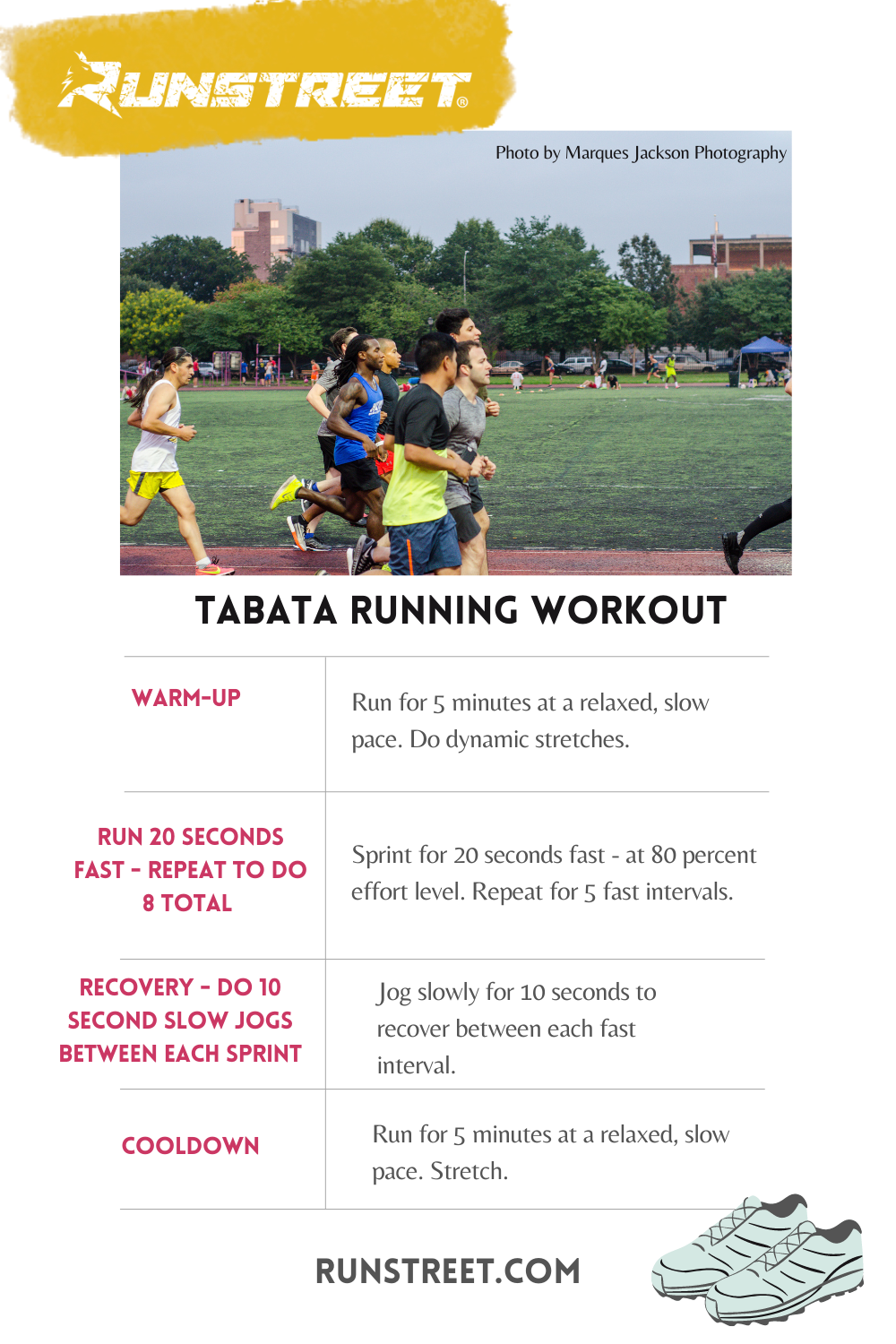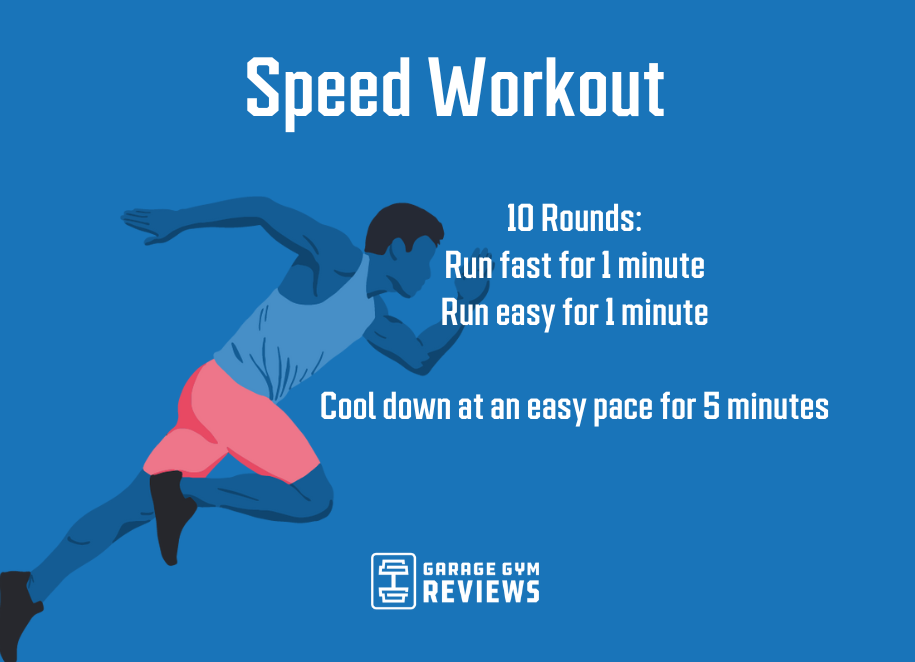Control Your Runs: Proven Strategies for Reliable Running Workout
Control Your Runs: Proven Strategies for Reliable Running Workout
Blog Article
Conquering Pain in Running: Strategies and Methods That Job
Pain is a typical friend for many joggers, often functioning as an obstacle to achieving their preferred objectives. However, with the best approaches and techniques, it is possible to overcome and even avoid the discomfort connected with running. By checking out different techniques such as recognizing the various sorts of running pain, optimizing footwear and form, incorporating cross-training and stamina exercises, carrying out efficient healing techniques, and preserving appropriate nutrition and hydration, runners can potentially minimize their pain and improve their overall running experience.
Understanding Different Sorts Of Running Discomfort

Another sort of running discomfort is joint discomfort, which can manifest as a sharp or achy discomfort in locations such as the knees, hips, or ankle joints (running workout). Joint pain might be triggered by variables like improper running form, overuse, or underlying problems like joint inflammation (useful reference). It is essential to separate in between muscle discomfort and joint pain, as the latter might call for clinical attention to avoid additional injury
Recognizing the various sorts of running pain is essential for effective monitoring and avoidance methods to guarantee a safe and enjoyable running experience.
Correct Footwear and Running Form
To optimize performance and lower the risk of running-related injuries, picking appropriate shoes and keeping proper running kind are important parts for runners of all levels. It is suggested to choose running shoes that are particularly created for the person's foot type, running gait, and the kind of running task they engage in.

Cross-Training and Toughness Exercises
Toughness workouts, like squats, lunges, and core workouts, play an essential duty in maintaining muscle mass and boosting running efficiency. They can deal with muscle mass discrepancies, enhance dexterity, and increase power result, all of which are crucial for running efficiency.
Integrating cross-training and toughness exercises right into a running program should be done purposefully. It is very important to permit ample rest in between running sessions and cross-training activities to prevent overuse injuries. In addition, concentrating on correct form and technique during strength exercises is crucial to maximizing their advantages and decreasing the risk of injury. By integrating these elements right into a running regimen, runners can construct a stronger structure, improve performance, and enjoy a much more lasting running experience.
Recuperation and Rest Methods
Having established the relevance of cross-training and stamina workouts in an extensive running regimen, focus can now be routed towards Healing and Relax Techniques as important parts for optimizing efficiency and lowering the risk of injuries. (running strategy)
Recuperation after running is essential for muscle mass fixing and growth. Methods such as foam rolling, extending, and massage therapy aid in decreasing muscle mass pain and improving flexibility. Ample remainder in between runs allows the body to recover and adapt to the physical anxiety, protecting against overuse injuries.
Incorporating energetic healing days right into a training timetable, where low-intensity tasks like strolling or biking are performed, can enhance blood circulation and promote recovery without placing excess pressure on the muscular tissues. In addition, correct hydration and nourishment play a vital role in the recovery process by replenishing lost fluids and nutrients.
Quality sleep is another important element of recovery that ought to not be neglected. During sleep, the body undergoes repair work and regeneration processes, contributing to total physical and psychological health. By focusing on healing and rest methods, runners can maintain optimum efficiency degrees and decrease the possibility of experiencing pain or injuries.
Nourishment and Hydration for Runners
Just how can joggers enhance their performance via correct nourishment and hydration methods? Nutrition and hydration are essential facets of a runner's training regimen, playing an essential duty in efficiency, endurance, and healing. To enhance efficiency, runners should concentrate on taking in a well-balanced diet that consists of carbohydrates, proteins, healthy and balanced fats, vitamins, and minerals. Carbohydrates provide power for running, while proteins help in my latest blog post muscle mass repair and recuperation. Healthy fats sustain general health and aid in taking in important nutrients. Adequate hydration is likewise important to keep ideal performance, as even mild dehydration can adversely impact running efficiency. Joggers must drink water prior to, throughout, and after their runs to remain hydrated. Electrolytes, such as sodium and potassium, are additionally essential for keeping fluid equilibrium and muscle function - running workout. In addition, timing meals and treats appropriately before runs can aid avoid stomach discomfort and supply the necessary energy for peak efficiency. By focusing on their nourishment and hydration, joggers can improve their endurance, accelerate recuperation, and do at their ideal.
Final Thought
Finally, by understanding the various sorts of running pain, using correct footwear, keeping proper running kind, incorporating cross-training and stamina exercises, prioritizing healing and remainder, and concentrating on nourishment and hydration, joggers can successfully get over discomfort and boost their efficiency. Applying these approaches and strategies can aid joggers protect against injuries, enhance their endurance, and inevitably enjoy a more fulfilling running experience.
Report this page